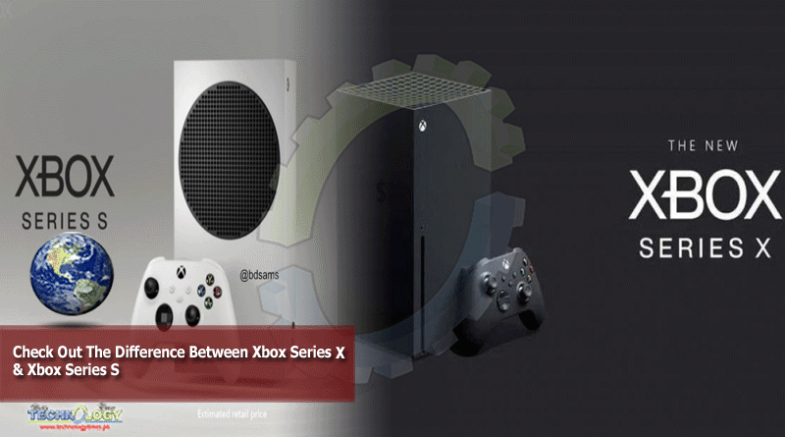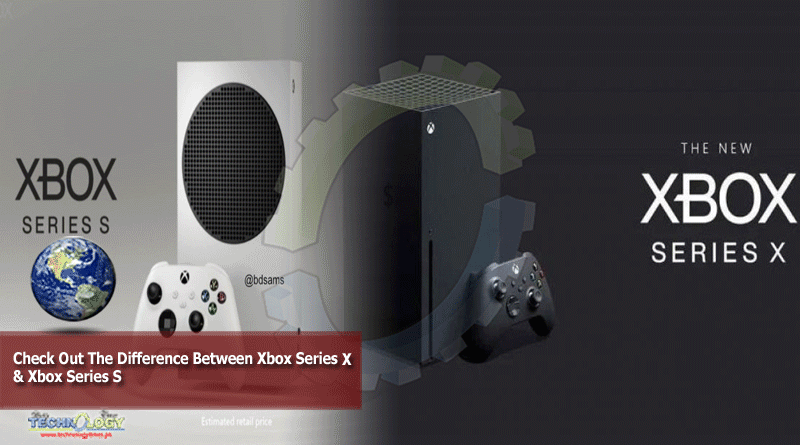Microsoft Has Finally Revealed Pricing And Availability Details For The Xbox Series X ($499, November 10). If That Isn’t Enough To Get You Excited

The company revealed a whole other game console as well! The Xbox Series S is a pared-down, smaller version of the Xbox Series X with a much more modest $299 price. Here’s what you need to know about how the two systems differ, and how they’re similar.
Price
The Xbox Series X will be available for a hefty but not surprising $499, now a seemingly standard price for next-gen consoles at launch. The Xbox Series S will be just over half that, with a $299 price that pits it more against the Nintendo Switch and last-gen systems.
Size
Instead of a big, black near-cube like the Xbox Series X, the Series S is a slab that’s downright slim in comparison (you can nearly fit two into one Xbox Series X). It’s only small when compared with the Xbox Series X and the PlayStation 5, though, as the Series S is about the same size, if not a bit bigger, than the Xbox One X.
Power
The Xbox Series X is a processing beast, with AMD’s Zen 2 and RDNA 2 architectures providing 12 teraflops of power. It supports ray tracing, it can render up to 4K (3,840-by-2,160) resolution at up to 120 frames per second, and it’s “8K ready,” which indicates it can upscale to that resolution.
The Xbox Series S still uses AMD’s Zen 2 and RDNA 2 architectures, but it has only 4 TFLOPS of raw processing power, a third of that of the Series X. It also has 10GB of RAM to the X’s 16GB. This means the Series S has a much lower rendering resolution ceiling of 1440p, two-thirds the vertical pixels of 4K. It can still handle ray tracing, and supports 1440p at up to 120 frames per second, but games won’t render at 4K. The system still upconverts to 4K, so it’ll look fine on your 4K TV, but don’t expect quite as much sharpness, smoothness, or overall detail. General frame rates from game to game might take a hit, too.
Media Support
The Xbox Series X covers all bases for both physical media and digital distribution, with an optical drive that supports up to Ultra HD Blu-ray discs, and a 1TB SSD. That’s a lot of storage, plus the ability to play physical editions of games.
The Xbox Series S is an all-digital console with no optical drive at all. This means it can’t play Blu-ray discs or the physical edition of games. It also has half the storage, with a 512GB SSD. That’s a pretty big hit for a system that relies entirely on built-in storage, but it also accounts for the significantly lower price.
What’s the Same?
While the two systems are wildly different in power and capacity, they have several similarities. To start, they use the same controllers and have the same support for last-gen controllers. They both support DirectX ray tracing, variable rate shading, and variable refresh rate, though just how much those things vary will likely depend on the power of each console.
They can both stream 4K media and output both games and video at 4K resolution. They also both benefit from the speed boost offered by relying on a solid state drive instead of a hard drive for storage. Finally, they both share the same compatibility with every game released for the Xbox platform.
Which Xbox Should You Buy?
We’ll have to see both systems ourselves and put them through their paces to really know which is the better value. Based on the specs and features, the Xbox Series X seems superior across the board, with much more processing power and the ability to render at 4K, along with double the storage and an optical drive for physical media. It’s much bigger and more expensive, however, so if budget and space are concerns for you, the Xbox Series S looks to be a respectable system with plenty of power in its own right, though the lack of a disc drive is a distinct weakness.
We’ll update this story as we learn more about the new systems, so make sure to check back. And if you already know which one you want, head over to our story on how to pre-order the new Xbox.
This News Was originally Published At uk.pcmag.com
